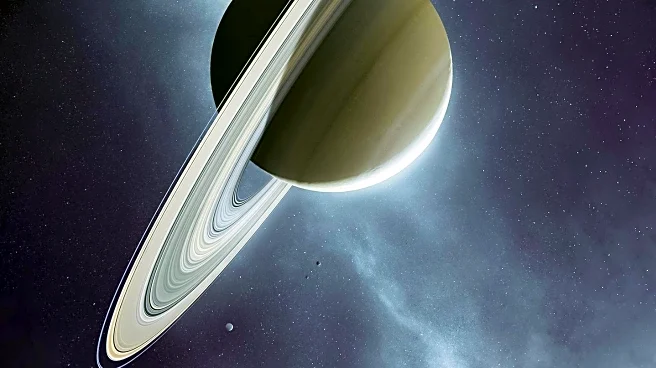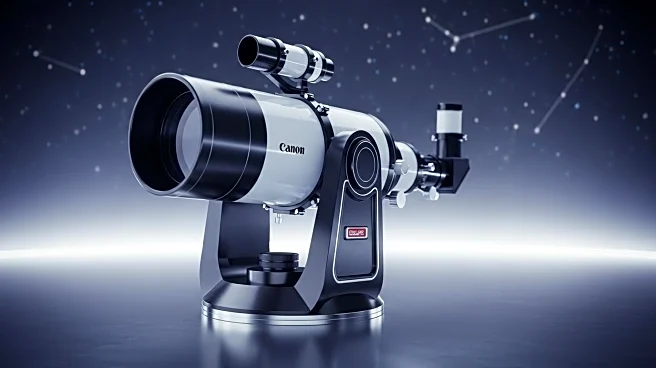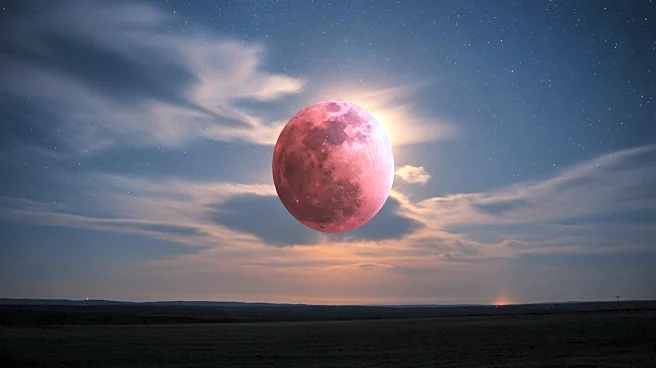What is the story about?
What's Happening?
Astronomy Magazine has detailed a series of celestial events occurring from August 29 to September 5, 2025. Saturn is approaching opposition, making it an ideal time for observation, with several of its moons visible, including Titan, Tethys, Rhea, and Dione. The waxing crescent Moon will be in Libra, moving towards Scorpius, and Venus will be near the Beehive Cluster in Cancer. Observers are encouraged to track the brightness variations of Delta Cephei, a Cepheid variable star in Cepheus. Mercury will pass north of Regulus, offering a challenging observation opportunity. The magazine provides detailed guidance on observing these events, emphasizing the importance of location and timing for optimal viewing.
Why It's Important?
These celestial events offer significant opportunities for amateur astronomers and enthusiasts to observe and study planetary movements and star clusters. Saturn's opposition is particularly noteworthy as it allows for clearer and more detailed observations of the planet and its moons. The visibility of Delta Cephei provides a chance to understand variable stars, which are crucial for measuring cosmic distances. Such events can enhance public interest in astronomy and provide educational opportunities for schools and science programs. The detailed guidance from Astronomy Magazine helps observers plan their viewing sessions effectively, contributing to a deeper appreciation of the night sky.
What's Next?
As Saturn approaches opposition on September 21, observers can expect even better viewing conditions. Astronomy enthusiasts may plan further observations of Saturn and its moons, as well as other celestial events highlighted by the magazine. The ongoing visibility of Venus and Mercury offers additional opportunities for observation. Astronomy clubs and educational institutions might organize events or workshops to engage the public and students in these astronomical phenomena.
AI Generated Content
Do you find this article useful?















